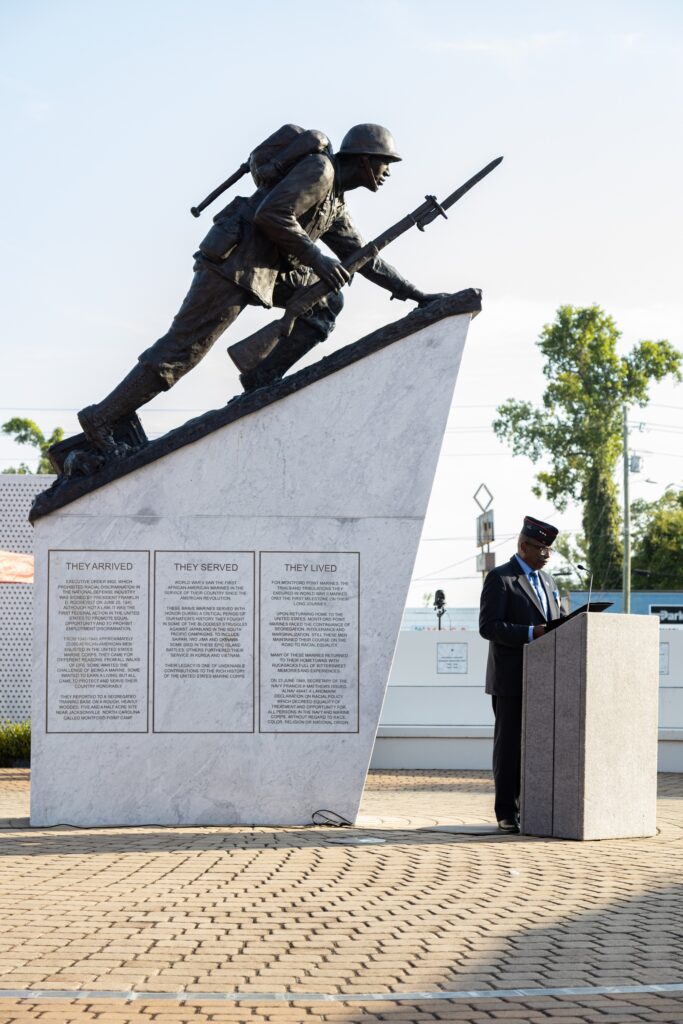The Pacific Theater of World War II was a brutal battleground where some of the bloodiest battles took place. The fight for control of the Pacific Ocean was crucial, leading to the famous island-hopping campaign and battles like Midway and Iwo Jima. The war ended with the surrender of Japan after the atomic bombings of Hiroshima and Nagasaki. The journey through the Pacific was grueling, but through perseverance and sacrifice, the Allies were able to emerge victorious. The Pacific: An Epic Journey through WWII in the Pacific Theater will always be remembered as a testament to the courage and resilience of those who fought in the region.
The Pacific: An Epic Journey through WWII in the Pacific Theater
Introduction
The Pacific Theater of World War II was a brutal and intense battleground, where some of the bloodiest and most ferocious battles of the war took place. The fight for control of the Pacific Ocean and the islands within it was a crucial part of the overall war effort, and it involved some of the most famous and infamous battles of the entire conflict.
The Beginning of the Journey
The Pacific Theater of World War II began on December 7, 1941, when the Japanese launched a surprise attack on Pearl Harbor, Hawaii. This attack brought the United States into the war and marked the beginning of a long and arduous campaign to push back the Japanese forces and regain control of the Pacific.
The Island-Hopping Campaign
One of the most notable strategies employed by the Allies in the Pacific Theater was the island-hopping campaign. This involved bypassing heavily fortified Japanese positions and instead capturing strategically important islands that could be used as bases for further attacks. This strategy proved to be highly effective, as it allowed the Allies to slowly but steadily push the Japanese back towards Japan.
The Battle of Midway
One of the turning points of the Pacific Theater was the Battle of Midway, which took place in June 1942. In this battle, the United States Navy decisively defeated the Japanese Navy and dealt a significant blow to Japanese naval strength. This victory gave the Allies a much-needed morale boost and allowed them to gain the upper hand in the Pacific.
The Battle of Iwo Jima
One of the most iconic battles of the Pacific Theater was the Battle of Iwo Jima, which took place in February and March 1945. This battle, immortalized in the famous photograph of the raising of the American flag on Mount Suribachi, was one of the bloodiest and most intense battles of the entire war. The capture of Iwo Jima was crucial for the Allied war effort, as it provided a vital airfield for further attacks on Japan.
The Surrender of Japan
After the dropping of atomic bombs on Hiroshima and Nagasaki in August 1945, Japan finally surrendered, bringing an end to World War II in the Pacific Theater. The war in the Pacific had been a long and brutal journey, but it ultimately ended with the defeat of Japan and the restoration of peace in the region.
Conclusion
The Pacific: An Epic Journey through WWII in the Pacific Theater was a grueling and harrowing experience for all those involved. The battles fought in the Pacific were some of the most intense and ferocious of the entire war, and they exacted a heavy toll on both the Allied and Japanese forces. However, through perseverance, courage, and sacrifice, the Allies were able to emerge victorious and bring an end to one of the darkest chapters in human history.
